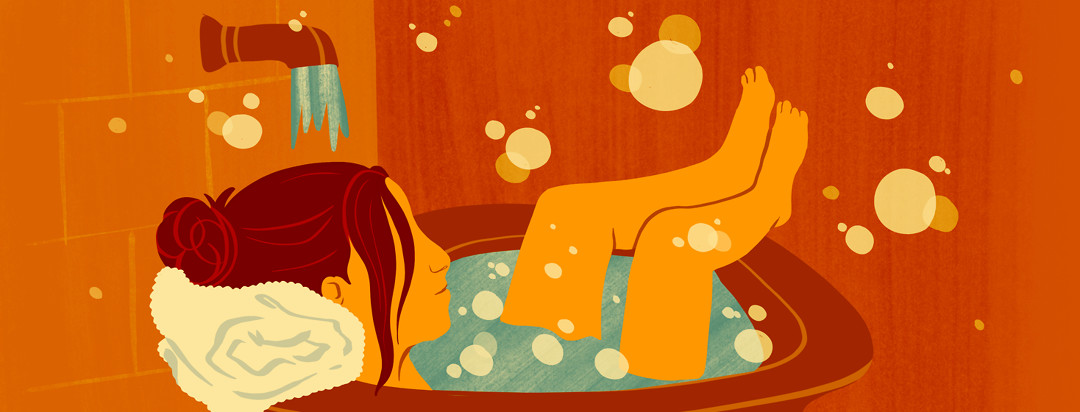Axial Spondyloarthritis Flares: What To Know, How To Cope
If you have axial spondyloarthritis (AxSpA), you know how painful a flare can be. What exactly is an AxSpA flare? What can you do to take care of yourself when you have one?
What causes axial spondyloarthritis flare-ups?
Doctors face a large challenge when it comes to diagnosing an AxSpA flare. Currently, there is no clear definition of what an AxSpA flare is. This makes it very difficult for doctors to make sure that a patient gets the correct treatment. Doctors know that a flare is usually when a patient’s symptoms get worse in a short time.1
AxSpA can have many different symptoms. Because of this, doctors do not know what symptom needs to be worse for a flare diagnosis. Should there be multiple symptoms that increase? Should there be blood tests that show changes? Does there have to be a change that can be seen on x-rays, CTs or MRIs? How long should symptoms stay worse to define a flare?1
Doctors are currently researching the best definition of an AxSpA flare. In recent research, the main symptoms that seem to define an AxSpA flare are pain, immobility, fatigue, and emotional symptoms.1
Dealing with AxSpA flare pain
If you are experiencing pain from an AxSpA flare, you should let your medical team know. They may have to adjust, change, or add medications to your routine. Make sure you are taking your medications exactly as your medical team prescribes them. If you take more medication than you are prescribed you can injure yourself. If you do not take enough, you may not get the relief you need. If you feel like your dose is not strong enough or is too strong, you should tell your doctor so they can change your dose.2
Some patients find that heat or cold can help with their pain. Long, hot baths, moist heating pads, electric blankets, hot water bottles, or ice packs (if you prefer cold) can help ease your pain. Some people find relief in alternating heat and cold. Avoiding high-impact exercises like running during a flare may help prevent pain.2
Dealing with AxSpA flare immobility
Some patients notice that gentle stretching can help with immobility. It can be helpful to do your stretching after a hot bath or shower. You should talk to your medical team about the best stretches for your needs. You may want to ask your doctor if yoga or tai chi would be appropriate or beneficial to your disease. If yoga is an option, you may want to consider a hot yoga class to get the doubled benefit of the heat and stretching.2,3
Dealing with AxSpA flare fatigue
Fatigue, or tiredness, is a real symptom of an AxSpA flare. Many people find that they must take frequent naps. If you are working, talk to your boss and explain your disease and fatigue. They may be able to help you come up with a plan for getting time off. They may be able to help you work from home where you can make your hours or do flexible scheduling.3
Fatigue may also cause a feeling of loneliness. Make sure to reach out to your friends and family and let them know you are going through a flare of your symptoms. It is okay to reach out for help and its okay to ask friends and family to check in on you.3
Dealing with AxSpA flare emotional symptoms
Many patients with AxSpA will experience emotional symptoms. These can include anxiety and depression. Make sure you let your health care team know you are experiencing emotional symptoms. They may recommend medications to help you. You may want to ask your care team about support groups. This will allow you to talk to other people who are experiencing the same symptoms as you. Your health care team may be able to recommend a therapist who specializes in patients with AxSpA or similar diseases.2-4
One last suggestion
Part of having AxSpA is knowing that flares can and probably will happen. Many people find that it helps to be prepared for the symptoms that may occur.2 Some patients make playlists of their favorite music or have go-to “feel-good” movies that they watch when their emotional symptoms flare. Other people make plans with their friends and family for how they want to be supported. Having a plan for an AxSpA flare can help reduce the burden of dealing with a flare when it happens.
You should talk to your health care team if you have any questions on how to handle your AxSpA flare. Your health care team knows your health and disease better than anyone (except you). They should be able to help you find resources for your needs.

Join the conversation